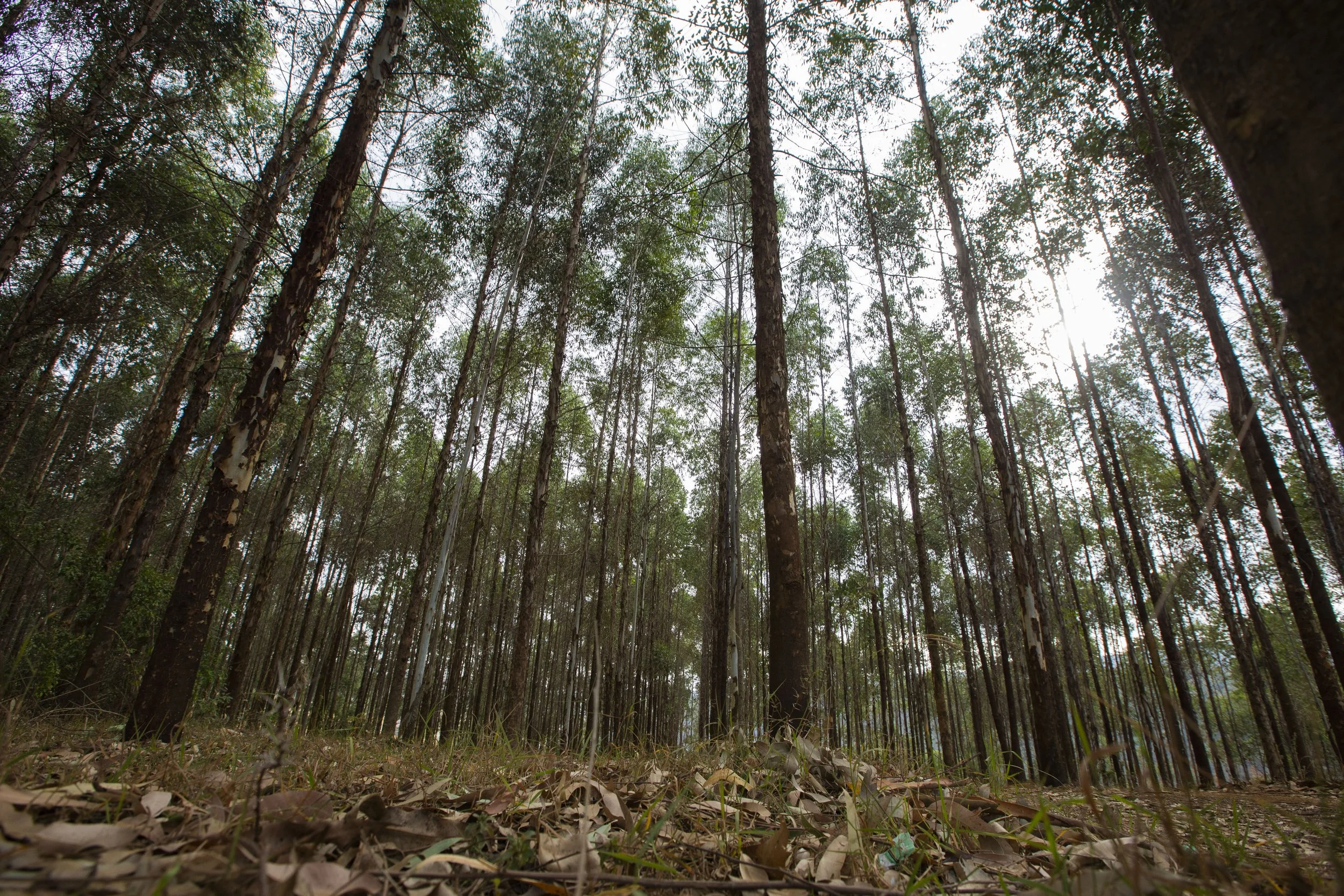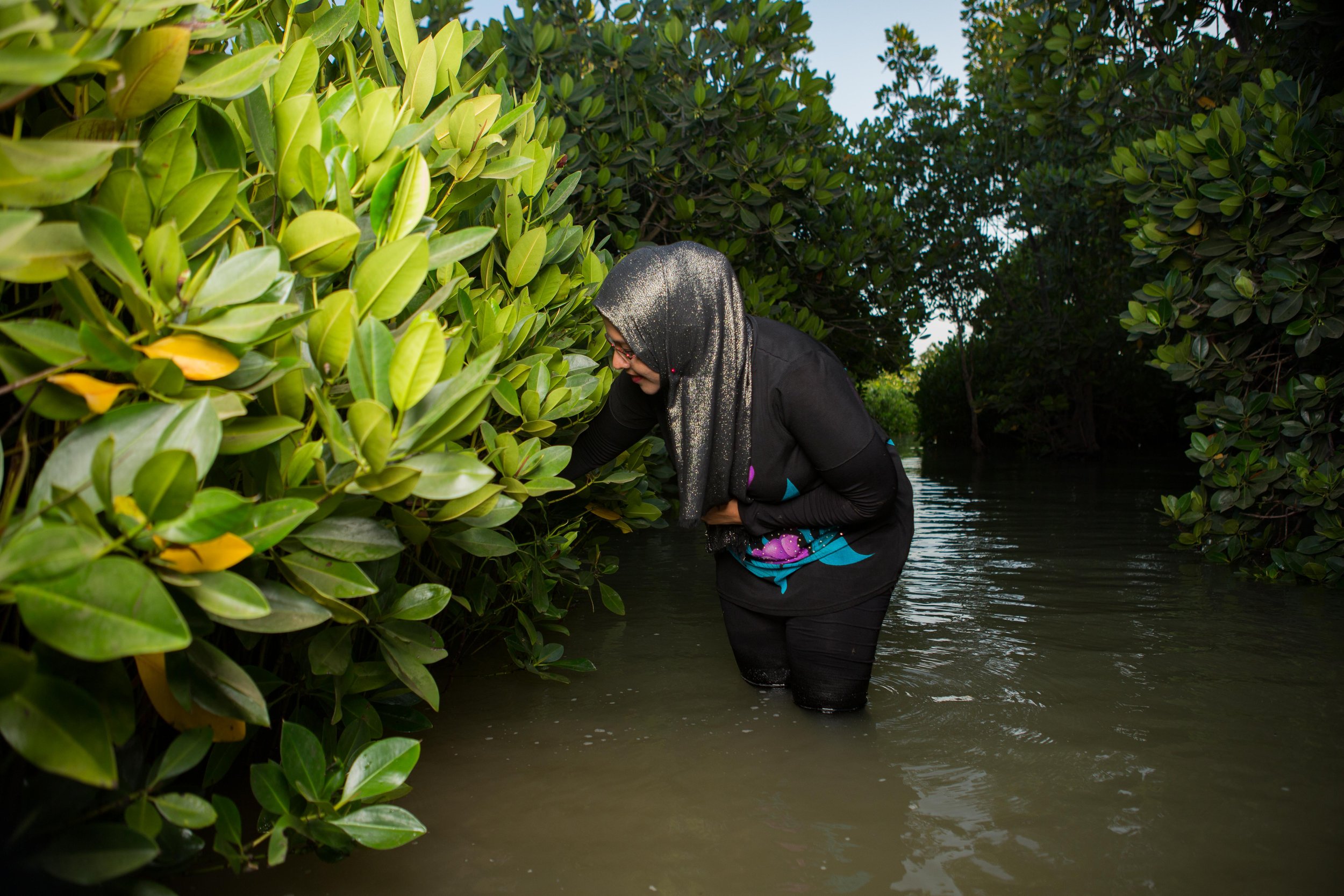FORESTS UNDER THREAT! Concern as Kenya lifts ban on logging
Environmentalists are yet to come to terms with President William Ruto’s move to lift the ban on logging after six years.
According to President Ruto, the decision to lift the moratorium on logging was prompted by the need to open up the economies of areas that depend on forest products.
While announcing the decision in early July, Dr Ruto said his government has put in place plans to ensure that only mature trees are harvested while more are planted.
"We can't have mature trees rotting in forests while locals suffer due to lack of timber. That's foolishness," he said. "This is why we have decided to open up the forest and harvest timber to create jobs for our youth and open up business."
The President also noted that the Kenya Kwanza government has imposed a tax on all imported timber products in its budget to encourage locally-made products.
Later, Kenya Forest Service (KFS) announced measures that the government has put in place to protect the forests after the ban was lifted.
KFS in a statement said entry certificates will be presented to forest station managers prior to the removal of forest products.
The agency said it will use harvesting plans to harvest a maximum of 5,000 hectares per year to ensure the government benefits from investments in forest plantations.
The harvested areas will then be replanted as directed by President Ruto.
In addition, KFS said it has already automated the process of issuing plantation harvesting licenses, which is done through the district forest conservators.
“Upon completion of logging and removal of materials, exit certificates are issued as evidence that all requirements have been met.”
But environmentalists have petitioned the President to rescind his decision to lift the logging ban, warning that the move might derail his efforts to raise Kenya’s tree cover.
Dr Isaac Kalua, the founder of the Green Africa Foundation, wants the government to fully implement the report of the task force report formed in 2018 to investigate forest resources management and logging activities in Kenya before lifting the ban.
“It is ironic that President Ruto launched a nationwide tree planting campaign in December last year to raise Kenya’s tree cover to 30 percent by 2032, but this week announced the government’s decision to lift the ban on logging. Lifting the ban will only derail efforts to increase the country’s forest cover,” says Dr Kalua.
Prior to 2018, illegal logging activities were rampant in public forests, which contributed negatively to the state of local rivers, water availability and even food security.
The moratorium was put in place by Dr Ruto when he was the Deputy President. He declared a three-month moratorium on timber harvesting. Two days later, on February 26, 2018, a task force for reviewing forestry management was gazetted.
Dr Ruto launched the task force on March 5, 2018, and the report was handed to him a month later.
It is estimated that Kenya loses 50,000 hectares of forest cover annually, but that amount is hardly replaced. The Country’s annual per capita usage of timber is one cubic meter per person, which is the equivalent of three trees.
That means that each Kenyan uses three fully grown 10-15-year-old trees every year, in various ways that include charcoal and furniture. Cumulatively, Kenyans cut and use at least 150 million trees every year.
Mau Forest
The task force found out that the Mau Forests Complex has been hard hit by forest excisions, illegal settlements, and intense illegal abstraction of forest resources.
“Forest excisions in 2001 alone amounted to 61,587 hectares, affecting, in particular, Eastern Mau Forest Reserve (35,301 hectares), South Western Mau Forest Reserve (23,296 hectares), Molo Forest Reserve (901 hectares),” the report says.
The task force accused politicians of presiding over encroachment into the Mau Forest Complex.
“At least 2,436 hectares was illegally allocated to public utilities, such as schools and police stations, as well as for private development like churches,” it says.
“The land allocated for these public utilities and private developments is still gazetted as a forest reserve. Allocations were often being decided upon by leaders or Government officers who have no authority on such matters, in violation of the applicable laws, and/or for supporting private interests.”
Mount Elgon
The task force found that Mount Elgon which seats at the border of eastern Uganda and western Kenya, has been heavily impacted by the creation of settlements, the permitted logging of hardwood indigenous tree species and the presence of forest-dwelling communities of which many of their livelihood activities are not compatible with forest conservation.
“Despite the presidential ban on felling or logging of indigenous trees decreed in
1986, the Forestry Department issued licenses to RaiPly to log hardwood tree species in Kaberwa Forest Station. The company had been active in Mount Elgon since the beginning of the 1980s. The main targeted tree species was Elgon teak (Olea capensis welwitschii) to make plywood and veneer.
Other logged tree species included Red stinkwood (Prunus africana) and Muna (Pouteria adolfi-friedericii),” the report says.
Kakamega Forest
The task force revealed that some of the harvested plantation areas in Kakamega Forest have not been replanted.
Samburu County’s Leroghi Forest Reserve is also reeling under encroachment.
“Over 600 households have established manyattas and settled in Leroghi Forest Reserve, leading to extensive forest degradation and soil erosion,” it says.
“From presentations made during the public hearing held on 13 April 2018, it appeared that the local elected leaders have encouraged the squatters to stay inside the forest.”
The same predicaments are facing Ndotos Forest Reserve and Mt Nyiru Forest Reserve in Samburu County as well as Mt Kulal Forest (Marsabit County), which is not gazetted but managed as a UNESCO Man and Biosphere Reserve.
Arabuko Sokoke Forest
Charcoal burning and illegal logging of indigenous trees, according to the task force report, are threatening Arabuko Sokoke which covers only 7,621.8 hectares.
Arabuko Sokoke forest reserve which is home to buffalo, elephants and leopards at the Coast, ranks as the second most important for threatened bird conservation in sub-Saharan Africa.
But the report faults corrupt KFS officers for allowing illegal logging activities inside Arabuko Sokoke.
Mangrove Forests
The task force in its report noted that mangrove forests in Kenya are reducing at an alarming rate. Between 1985 and 2009, the report says, the country lost about 20 percent of its mangrove cover, translating to about 450 ha of mangrove area per year.
“In addition, at least 40 percent of mangroves across the coast are degraded. In Mombasa County, for instance, the loss of mangroves is reported to exceed 80 percent in the last decade,” the report says.
Enosupukia Forest
Enosupukia Forest (Narok County), the report says, was 7,941 hectares in the 1980s and has lost 98 percent of forest cover due to encroachment and agricultural expansion.
The Marmanet forests located on the eastern escarpment of the Rift Valley, has reduced by 50 percent of its cover from 30,488 in 1990.
Rampant corruption
The damning report revealed that the wanton destruction of Kenya’s forests is being carried out by illegal loggers who collude with corrupt KFS officers.
“The Kenya Forest Service has institutionalised corruption and the system is replete with deep-rooted corruptive practices, lack of accountability and unethical behavior. Illegal logging of indigenous trees is a major threat to forests and is rampant in key forest areas. Cedar was found to be the most targeted tree species,” the report says.
The task force also noted that the limited capacity of the Enforcement and Compliance Division of KFS and the lack of clear separation in the forest protection and forest exploitation functions of the agency, have made law enforcement in the protection of forest resources ineffective.
The task force recommended the establishment of an organ that would vet serving KFS personnel with the aim of determining the suitability and culpability of officers in the service.
It also recommended the ban on the logging of cedar trees in all forests and the use of cedar products like fencing posts.
“All forest plantations located inside the core conservation zone should be converted back to indigenous forest. Forest zoning must be reviewed to establish a core conservation zone, surrounded by a multiple-user buffer zone, the width of which should not exceed 500 metres,” the task force recommended.
Nothing has changed
“KFS should issue timber license as per the Act, clearly communicate the timber license terms and conditions to all saw millers upon issuance, and forest officers must be made aware of the same. KFS to further establish an elaborate framework and procedure to monitor, verify and audit the compliance with the licensing conditions by the saw millers.”
According to Dr Kalua, who was part of the task force, nothing has changed since 2018 to warrant lifting on the ban on logging.
“We still face erratic rainfall and unlike 2018 when rains had failed for three consecutive seasons, we have experienced five consecutive failed rain seasons. This means that on the rain front, things are worse, not better,” regrets Dr Kalua.



